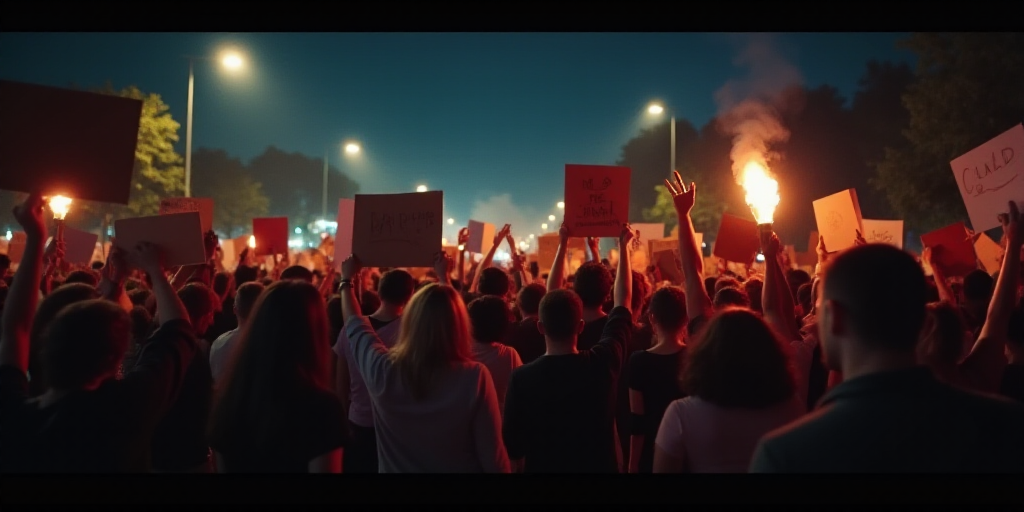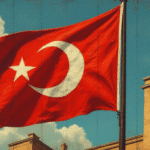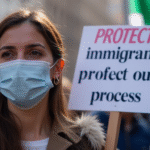Background and Context
Uruguay, a South American nation that restored democracy four decades ago, continues to grapple with the unsettling question of the whereabouts of nearly 200 individuals who were forcibly disappeared during its last military dictatorship. As the country marks 30 years since the return to democracy, a massive crowd gathered in silence on Tuesday, as they have done annually, to demand progress in the search for answers.
Who are the Disappeared?
The disappeared, or “desaparecidos,” are victims of political repression and human rights violations that occurred under the military dictatorship from 1973 to 1985. These individuals were abducted, tortured, and ultimately killed by state security forces. Their bodies were never found, leaving families in agonizing uncertainty and fueling the ongoing search for truth and justice.
Relevance of the March
The annual March of Silence, known as “Marcha del Silencio,” serves as a poignant reminder of the atrocities committed during Uruguay’s dark past. It is a testament to the resilience of those who seek justice and closure for their loved ones. The march also highlights the importance of preserving historical memory and ensuring that such human rights violations never recur.
The March: A Summary
- Annual Event: The March of Silence has been held every year since 1991, commemorating the anniversary of Uruguay’s return to democracy in 1985.
- Silent Protest: Participants march in complete silence, symbolizing the voiceless victims and their families who continue to suffer in the absence of answers.
- Growing Crowd: Over the years, the march has attracted thousands of participants, including families of the disappeared, human rights activists, and concerned citizens.
- 30th Anniversary: This year’s march marks a significant milestone, as it celebrates three decades of unwavering commitment to seeking truth and justice.
Impact on Society
The March of Silence has played a crucial role in keeping the issue of enforced disappearances at the forefront of Uruguay’s social and political landscape. It has fostered dialogue, raised awareness, and pressured authorities to take action in uncovering the truth behind these heinous crimes.
Moreover, the march has inspired similar movements in other Latin American countries grappling with their own histories of state-sponsored violence and human rights abuses. It serves as a powerful reminder that the pursuit of justice transcends national boundaries and unites people in their quest for accountability.
Key Questions and Answers
- What is the March of Silence? The March of Silence is an annual event in Uruguay that commemorates the return to democracy and seeks justice for nearly 200 individuals who were forcibly disappeared during the military dictatorship.
- Who are the disappeared? The disappeared, or “desaparecidos,” are victims of political repression and human rights violations that occurred under Uruguay’s military dictatorship from 1973 to 1985. Their bodies were never found, leaving families in agonizing uncertainty.
- Why is the march significant? The March of Silence symbolizes resilience, historical memory, and the ongoing pursuit of truth and justice for victims and their families. It has also inspired similar movements in other Latin American countries.
- What progress has been made? Despite the ongoing search for answers, significant strides have been made in Uruguay’s transition to democracy. The country has established truth commissions, enacted transitional justice laws, and prosecuted perpetrators of human rights abuses.
- What challenges remain? The search for the disappeared continues, with families and human rights organizations demanding more comprehensive investigations and accountability for those responsible.






